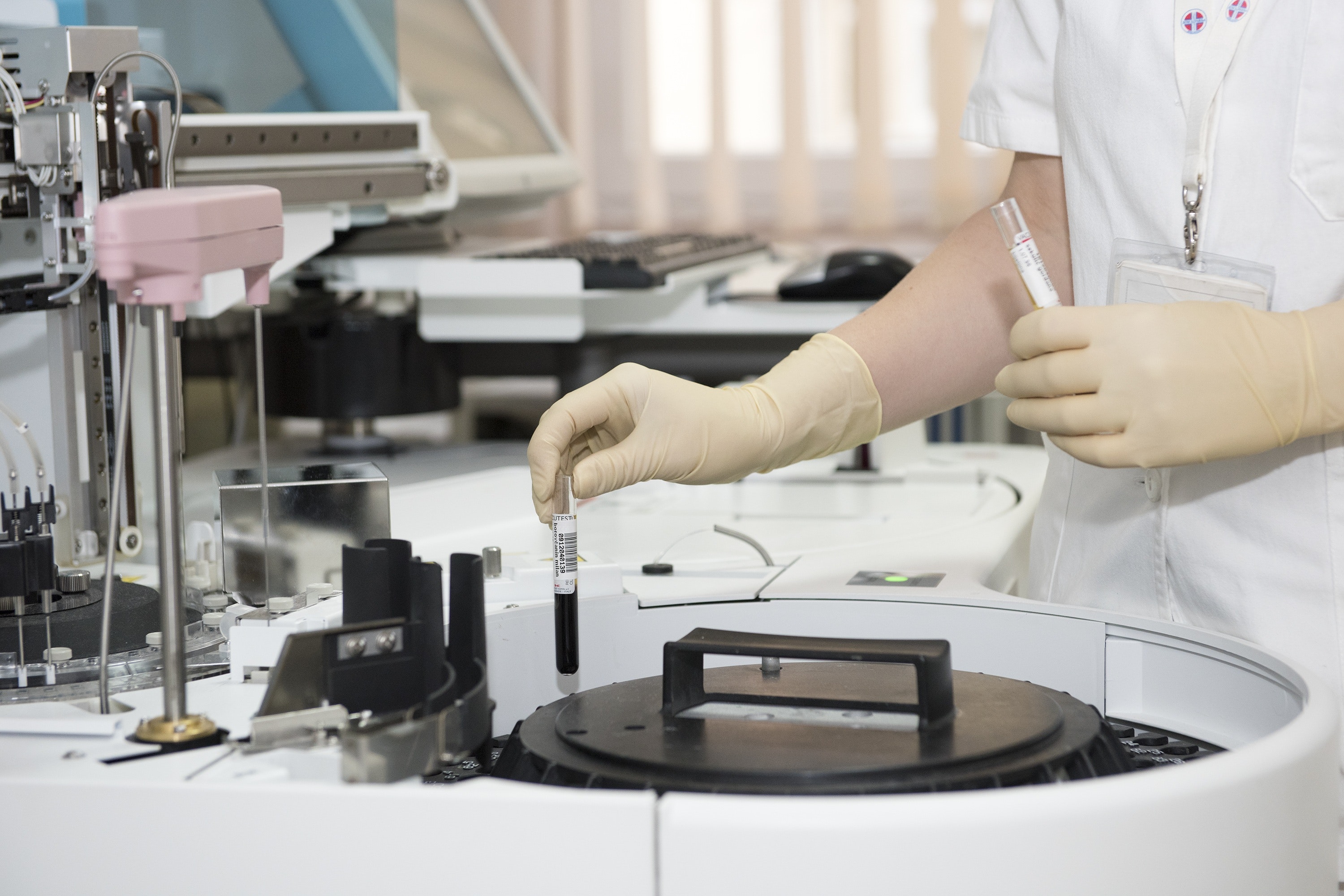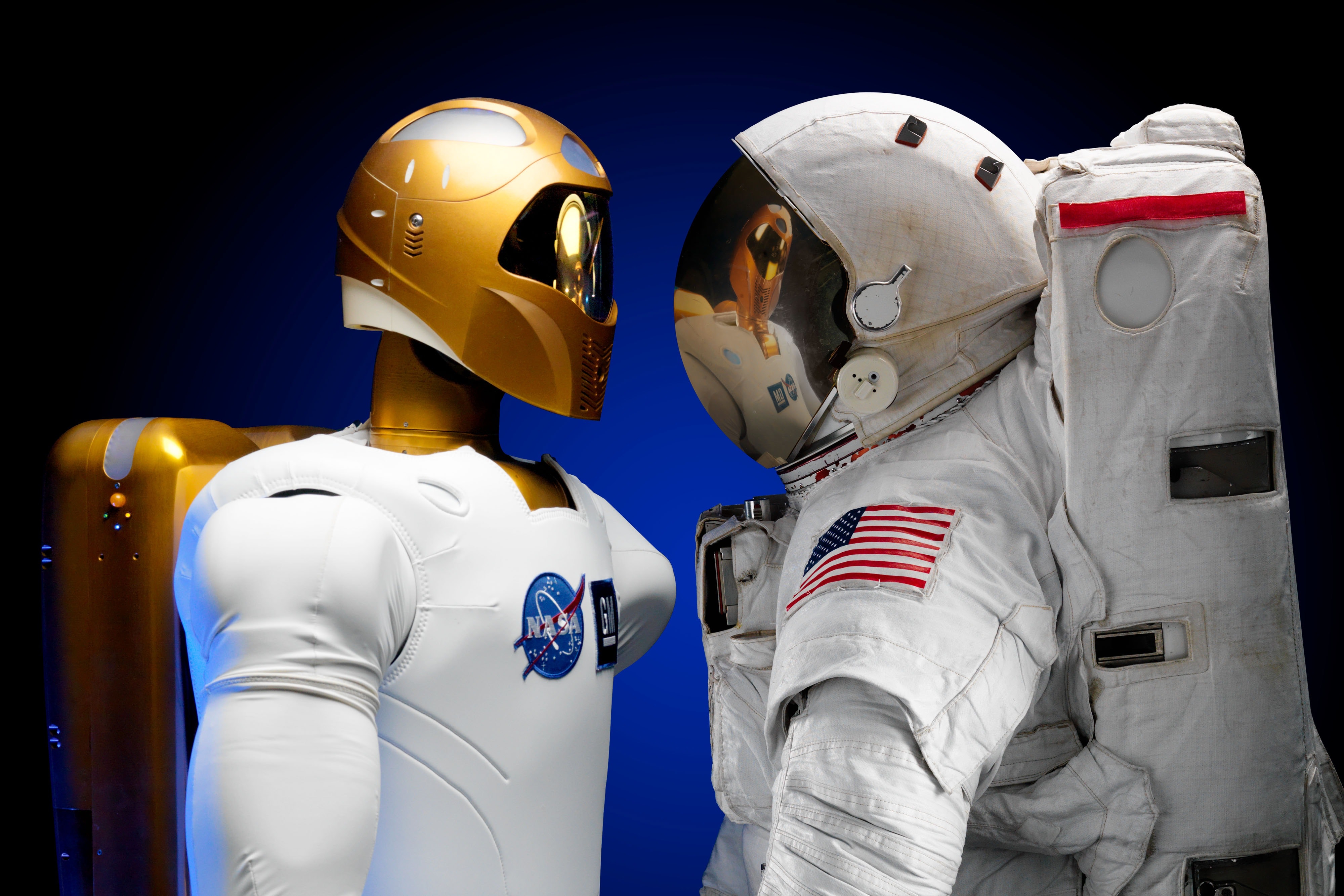At the beginning of 2014, the scientific community was turned upside down. A Chinese research team had managed to get a pair of macaques to be born with custom alterations in their genome. Two of the genes that the rest of the species possesses naturally were silenced in the pair of monkeys, which incorporated a third gene that others lacked.
This genetic miracle was worked out thanks to a new technique capable of editing the DNA of plants and animals as if it were a copy & paste. CRISPR, as has been introduced, could revolutionize the investigation of diseases such as Alzheimer's and Parkinson, and ultimately improve the lives of all those who suffer them.
All the possibilities that CRISPR promises to achieve through MIT Technology review publication, of which Opinno publishes its Spanish edition, includes a selection of 10 emerging technologies of 2014. Each year, the publication chooses the 10 advances that will have a greater impact on society. Just as the Industrial Revolution transformed nineteenth-century society, the techniques chosen today open the door to a possible better future.
Sometimes, when these doors open for the first time the improvements they discover are limited. This is the case with 3D printers, whose first uses were reduced to entertainment. However, thanks to the perseverance of the research community, this technique has advanced so much that it could lead to the manufacture of biological organs and tissues.This possibility would increase the number of transplants and other medical improvements that would save countless lives, so the technique was also part of the 10 of 2014.

In the future, humanity may be able to create organs in its image and likeness. Meanwhile, trying to understand how they work. However, one of them being a great unknown, is the the brain. Uncertainties about their operation have led scientists to build the most detailed map in history. After decades of work, this high in 3d has achieved a resolution 50 times higher than previous maps that allows navigating it as the person who makes the most in Google Maps.
But health is not the only area of society that technology is capable of revolutionizing. Indeed, humanity may be approaching a new agricultural revolution thanks to the latest advances in drones. These unmanned vessels begin to incorporate sensors and cameras capable of increasing crop production and avoiding crop damage.
While these drones facilitate human life from the air, their fellow robots do it on land. They are no longer limited to being mere playmates, now claiming their role as heroes, and MIT Technology Review is aware of that. The increase in its agility and balance is leading to a new generation of automata that could complete rescue tasks in disasters and fires too dangerous for humans.
But however strong and fast they are, like humans, these machines require a powerful brain to guide them. And this brain works ever better thanks to the development of the neuromorphic chips. These microprocessors inspired by biological neural networks can make computers more intuitive and astute, which would improve their autonomy and allow them to understand the reality of their environment, without human help.

Beyond the human-machine collaboration, technological advances also seek to improve alliances between humans themselves. Thus, several companies have developed services that allow the collaborative work between them even from the mobile phone itself. These tools save time and cost, advantages that MIT Technology Review also considers fundamental within society.
For these tools to be truly useful, they must be accompanied by security systems that guarantee the authenticity of the data and keep your privacy safe. At a time when hacking and spying are the order of the day, a new smartphone endowed with all kinds of privacy services seems to be what society needs.
The magazine, therefore, not only values as a profound social impact the technology's ability to save lives. It can also improve day-to-day through a cleaner environment. For this reason, another of the 10 emerging technologies of 2014 is the one capable of stimulating the production of renewable energies. Thanks to artificial intelligence and big data, solar panels and wind turbines can operate and self-manage according to the climatic forecasts and thus increase the amount of energy generated.

Health, environment, privacy and security represent fundamental aspects of life, however, MIT Technology Review has selected a final breakthrough that does not seem to be related to any of them. This is the virtual reality Hull Oculus Rift. This field of technology has historically been associated with little more than video games and entertainment. However, the virtual reality has achieved improved to such an extent that it seems to be ready to offer the world new ways of interacting and understand the environment.
All these advances correspond to a small part of everything that scientists, engineers, entrepreneurs and inventors imagine, design and develop every day. Each one of its grains of sand builds little by little a new reality. Soon, MIT Technology Review will publish its selection of technologies for 2015 and so we can begin to imagine our lifestyle in the coming years and perhaps the world is back on its feet.
By Pedro Moneo



